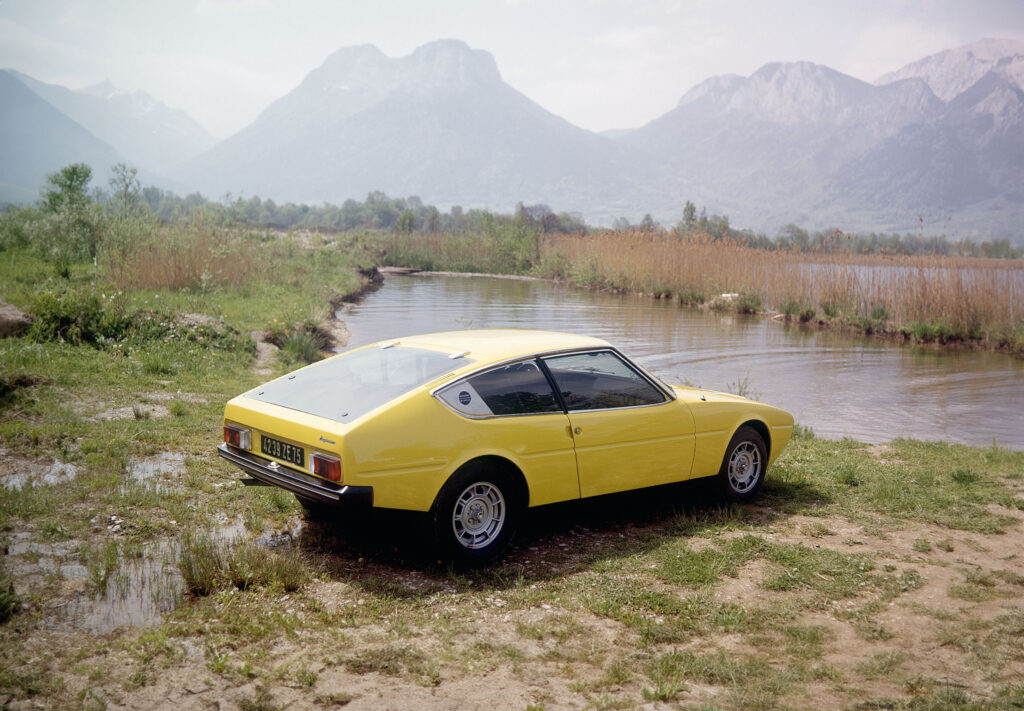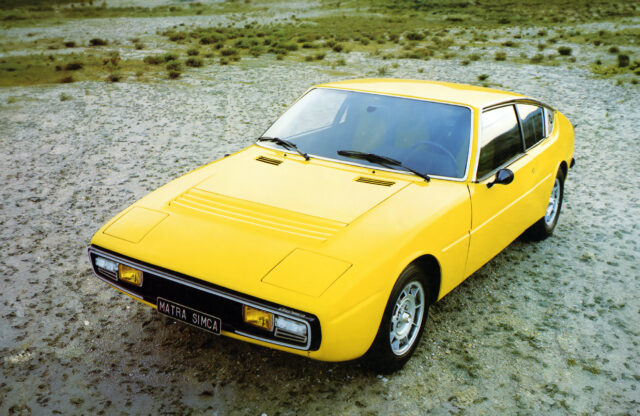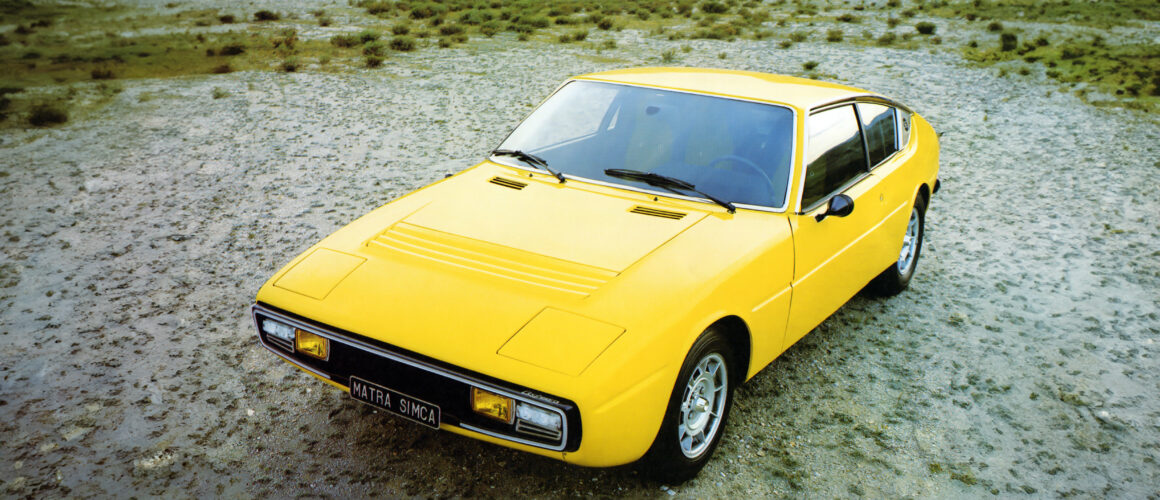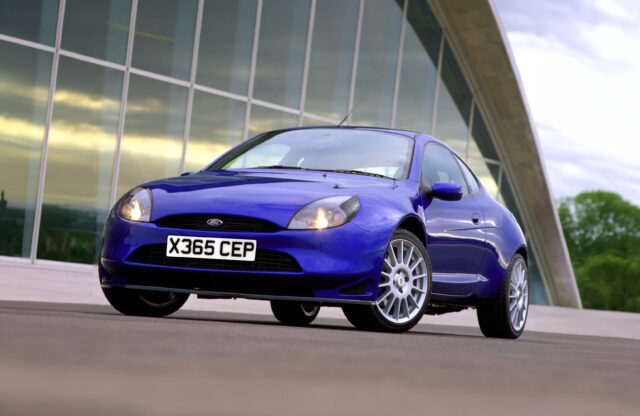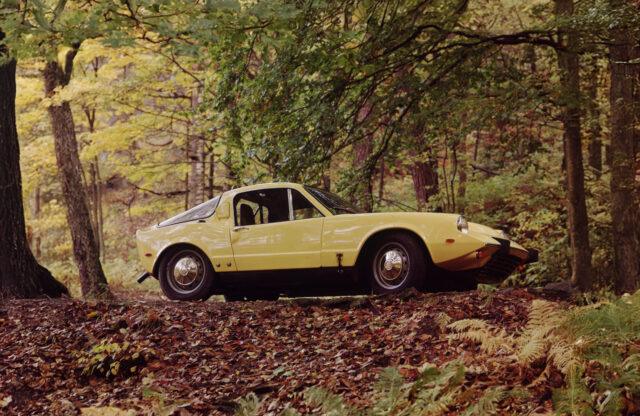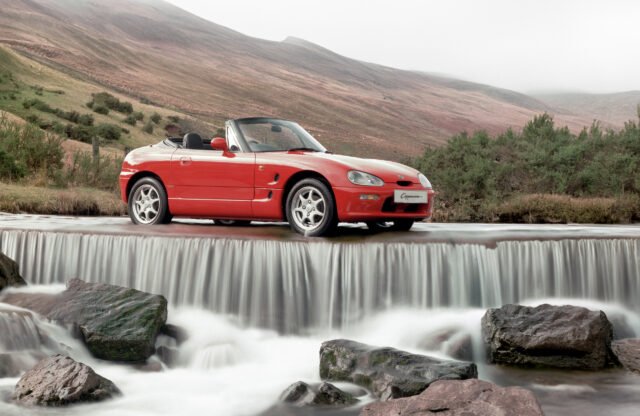Without doubt, the Matra Bagheera is the best value mid-engined, three-seater sports car you can buy. Ok, so the list of three-seater sports cars is rather a short one, dominated by the £20m McLaren F1, but it’s a cool talking point nonetheless. French sports cars are often viewed with some scepticism in the UK, but the Bagheera offers great looks and some interesting racing heritage. Although incredibly rare, it’s also largely forgotten and that means the Matra can still be available at an appealing price.
Find a good Bagheera today, if you can, and enjoy one of the best-looking 1970s sports cars that most people have never heard of. Here’s what you need to know.
Matra Bagheera history
Matra was best-known for its racing cars and engines, and had built the low-volume mid-engined Djet and M530 sports cars during the 1960s. With a desire to expand into the mass market, Matra planned to build a cheap and practical sports car for the 1970s to rival the Fiat X1/9, by joining forces with Chrysler France for its parts and distribution needs. Chrysler’s Simca marque lacked a sporting car in its range, so it was a win-win scenario for both parties.
Although practicality was a key goal of the project, a 2+2 layout would add too much size and weight. By making the M550 project slightly wider, with convex flanks, three-abreast seating became feasible. A central driving position was considered, but cost ruled it out in favour of conventional left-hand drive early on in development.
The car was unveiled to the public at the 1973 Le Mans 24 Hours, named Bagheera after The Jungle Book character. The public and press loved it, and the launch was timed perfectly to coincide with Matra’s victory at the race.
Power initially came from Simca’s 83bhp 1.3-litre four-cylinder engine, transferred to the rear wheels via a four-speed manual transmission. It was neither the most advanced nor most refined powertrain, but it was reliable and just powerful enough. The Matra boasted excellent aerodynamics and a low kerbweight of 885kg. Matra was expert in the field of glassfibre bodywork, and the Bagheera introduced a clever low- pressure/high-temperature pressing method.
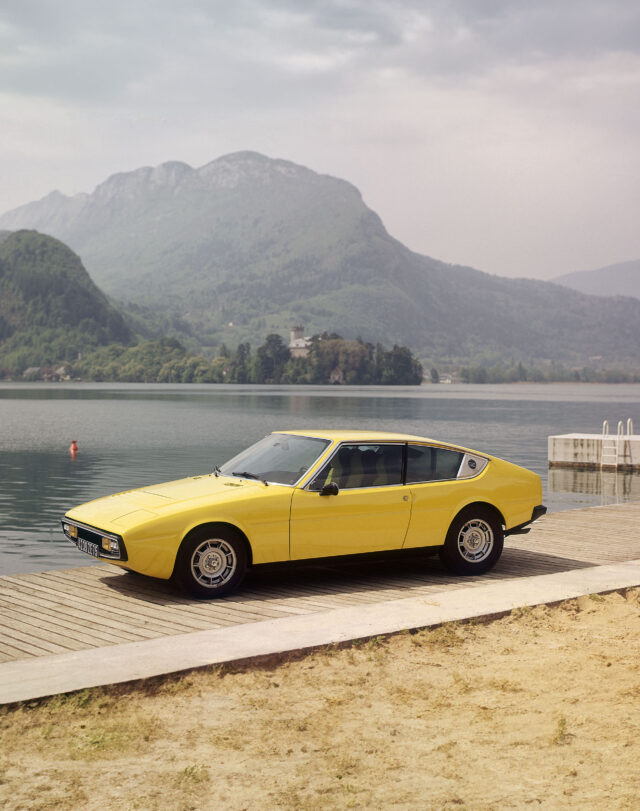
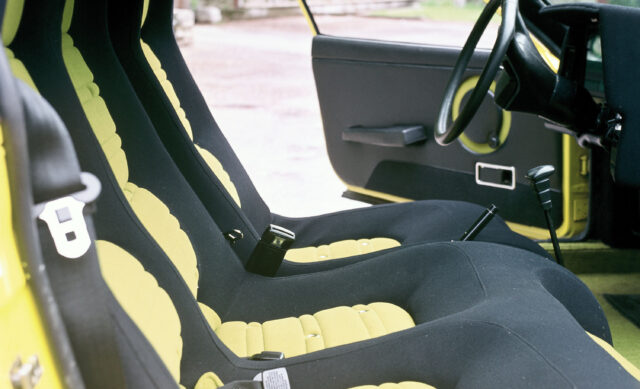
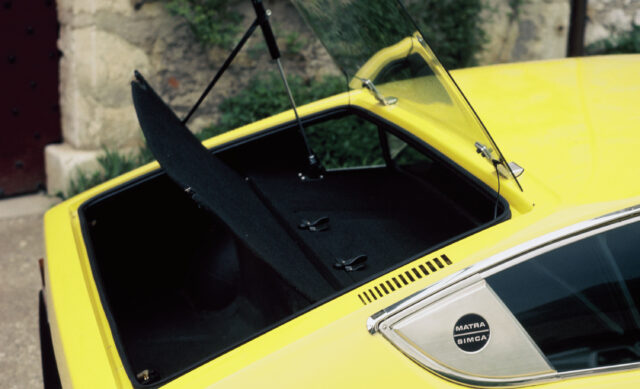
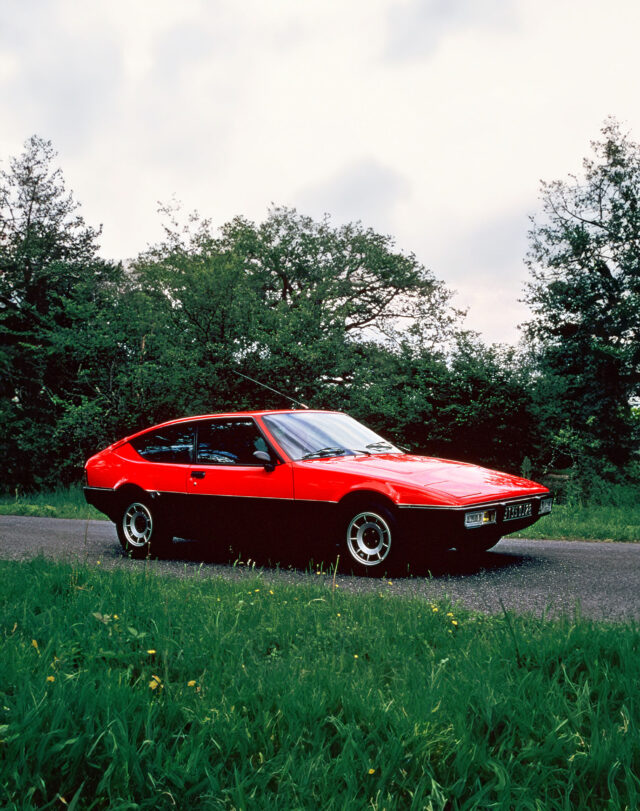
The first update came in 1975 with the introduction of the S model, featuring a more powerful 1.4-litre engine from the Chrysler Alpine and the luxury of electric windows. The limited-edition Courrèges model followed, easily identified by its white bodywork and white leather interior.
The Series 2 models were introduced a year later, a mild front-end facelift and wraparound bumpers being the major differences. Both engines and all three model designations remained largely unchanged. UK imports began in 1977, distributed through Talbot dealers after PSA’s takeover of Chrysler Europe in 1978, and ended the year after. Around 65 were converted to right-hand drive.
In 1978 the top-spec Courrèges was replaced by the Bagheera X, and a year later the interior gained a new dashboard, switchgear and three full seatbelts. The smaller 1.3-litre engine was phased out, with the base model fitted instead with a single-carb version of the 1.4. Bagheera production came to an end in April 1980, replaced by the Murena.
Common problems
• Glassfibre body panels were notoriously ill-fitting when new, particularly in early cars, so don’t assume it’s been badly repaired in the past.
• These panels clothed a steel structure that was poorly rust-proofed, leading to tales of corrosion even when nearly new. They rust for fun, and much of the structure is not visible without removing panels, so caution is advised. Photographic evidence of restoration work is vital.
• Simca-sourced engines aren’t inherently unreliable, but access isn’t great – which means they may have been neglected over the years.
What to pay?
As you might expect, finding a Bagheera is far easier in Europe, with prices ranging from about £3000 to £5000 for solid projects and rougher roadgoing cars. Expect to pay £15,000-20,000 for one of the best examples. Generally, the high-spec Courrèges and Bagheera X are the most desirable. Although UK cars pop up, you might be waiting a while for the right one.
